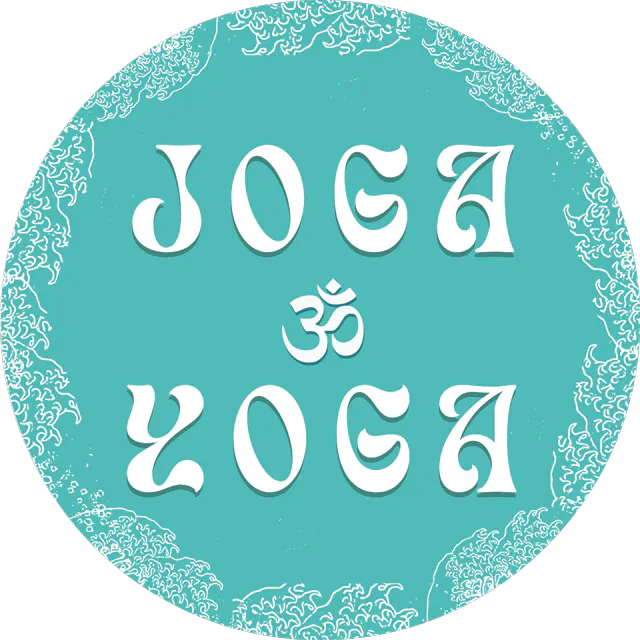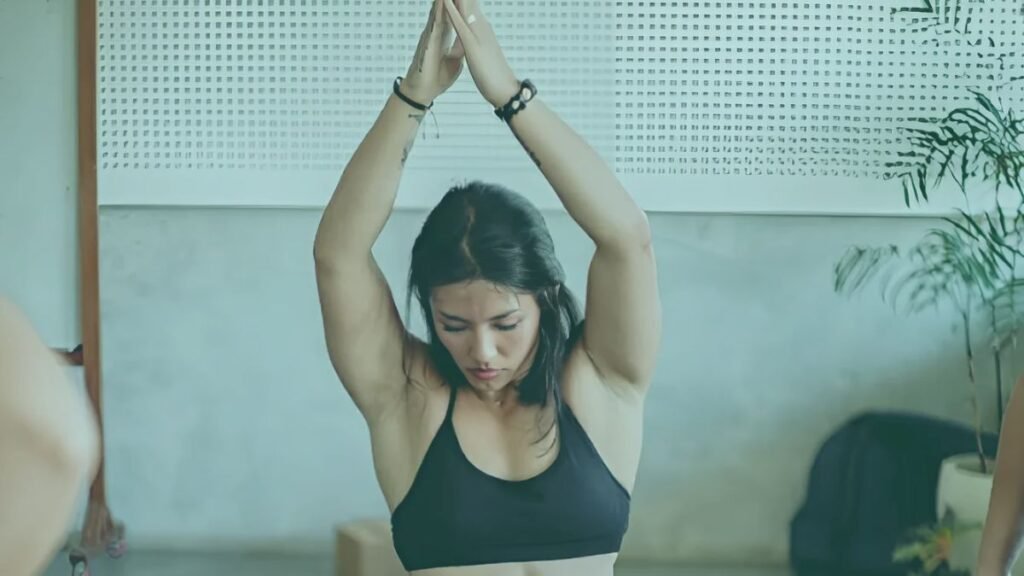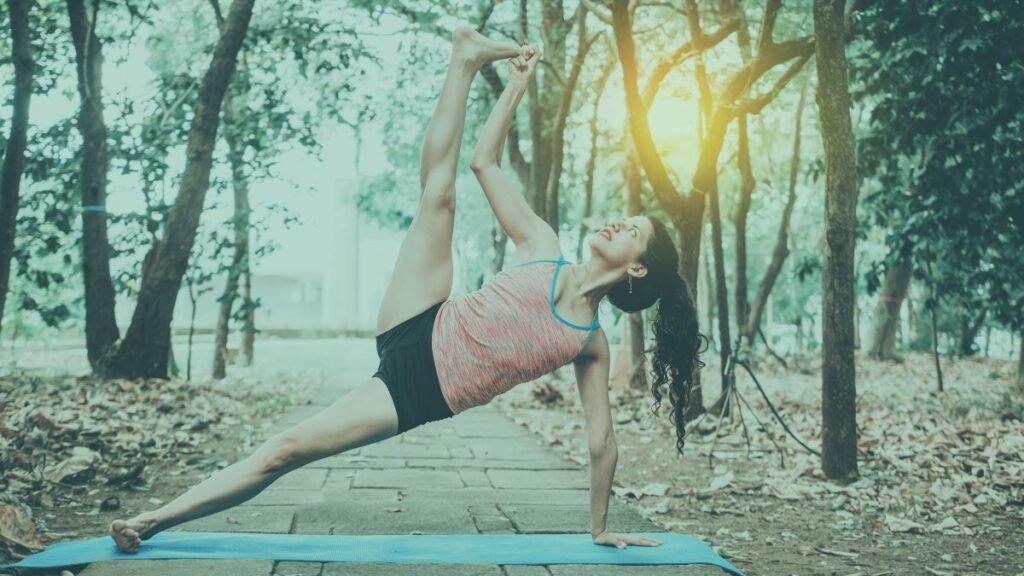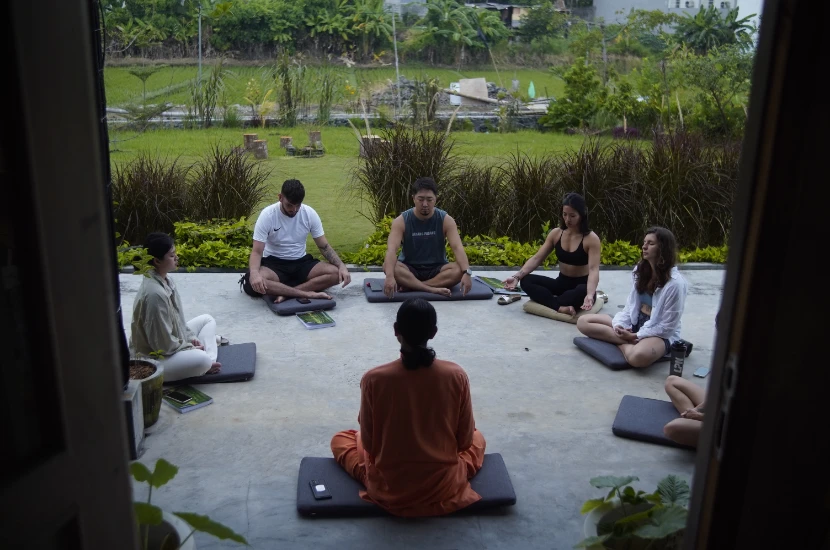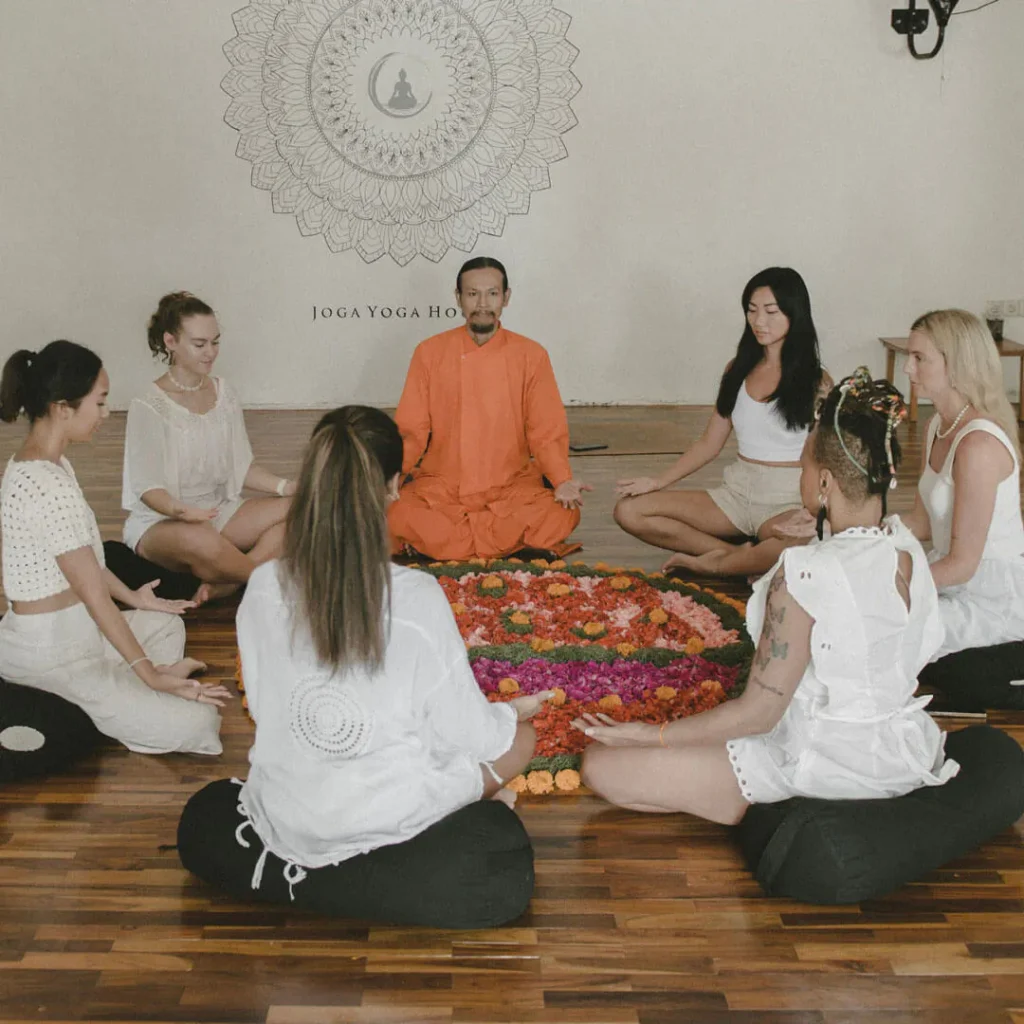Yoga is more than just physical postures. The true depth of yoga practice comes from harmonizing movement with breath and incorporating sacred mantras to deepen the spiritual experience. In this blog, we explore how combining mantras, asanas, and pranayama creates a holistic practice that strengthens the body, calms the mind, and nurtures the spirit.
Understanding Asanas: The Foundation of Yoga
An asana is a yoga pose designed to build physical stability, flexibility, and mental focus. By moving through these postures, practitioners strengthen their bodies and prepare their minds for deeper meditative practices. Here are a few examples of key asanas that are frequently combined with mantras:
- Bhujangasana (Cobra Pose): A heart-opening posture that stretches the spine, chest, and shoulders. It promotes the flow of energy and is often associated with feelings of renewal.
- Adho Mukha Svanasana (Downward-Facing Dog): One of the most well-known yoga postures, this pose strengthens the arms and legs while promoting flexibility in the spine.
- Pranamasana (Prayer Pose): A grounding posture often used as a starting point for sun salutations. It connects the practitioner to the earth and helps to center their focus.
These poses are more than just physical exercises—they serve as the foundation for deeper mental and spiritual work.
The Role of Mantras in Yoga
A mantra is a sacred sound, word, or phrase repeated during meditation or yoga practice to focus the mind and channel spiritual energy. By chanting mantras, practitioners can calm their minds, enhance their focus, and align their energy with the universe. Some of the most commonly used mantras in yoga include:
- OM: Known as the primordial sound, OM is said to represent the essence of the universe. It is chanted at the beginning and end of many yoga sessions to create a sense of unity with the cosmos.
- Seed Mantras (AUM): These mantras are used to activate specific energy centers (chakras) in the body. AUM, for instance, is considered a universal sound encompassing all creation.
- Devotional and Healing Mantras: Mantras like Hari Om or Om Namo Narayanaya are often chanted for specific purposes, such as seeking peace, healing, or connection with a higher power.
Mantras are not just sounds—they are powerful vibrations that have the potential to bring about inner transformation.
Pranayama: Breathing Life into Yoga Practice
Pranayama refers to the practice of breath control. It is an essential part of yoga, as it helps regulate energy flow (prana) throughout the body. The breath is a bridge between the mind and body, and controlling it can enhance physical and mental well-being. Key pranayama techniques include:
- Alternate Nostril Breathing (Anuloma Viloma): This technique involves alternating breaths through each nostril, which helps balance the body’s energy channels (nadis) and calm the mind.
- Deep Breathing Techniques: These practices synchronize breath with movement and are designed to increase lung capacity, reduce stress, and create a sense of calm.
Pranayama, when practiced alongside mantras and asanas, creates a powerful synergy that enhances overall wellness.
The Physiological and Psychological Impact

The combination of mantra chanting and asana practice creates a powerful synergy that positively impacts both the body and mind. This harmonious practice, known as mantra asana, harmonizes the physical and mental realms, leading to profound benefits.
The Physiological Effects of Mantra Asana
Chanting mantras while performing asanas enhances the physiological benefits of both practices. The rhythmic breathing associated with chanting helps regulate the respiratory system, increasing lung capacity and improving oxygen circulation. The repetitive sounds of mantras stimulate the parasympathetic nervous system, promoting relaxation and reducing stress.
Asanas, with their emphasis on stretching and strengthening muscles, improve flexibility, posture, and overall physical well-being.
The Impact of Mantra and Asana on the Mind
Mantra asana profoundly impacts the mind, fostering mental clarity, emotional balance, and stress reduction. The repetitive nature of mantra chanting helps to quiet the mind, reducing mental chatter and promoting focus. Asanas, by engaging the body and directing attention inward, help to release tension and alleviate anxiety.
Mantra asana is a powerful practice that combines the physicality of yoga with the mental focus of mantra. This union creates a potent energy to help you achieve your deepest desires. One key element in this process is the concept of Sankalpa , a powerful intention that guides your practice and directs your energy towards your goals.
As you integrate Sankalpa into your mantra asana practice, you tap into the transformative potential of both disciplines.
Combining these practices cultivates a sense of inner peace and tranquility, fostering mindfulness and self-awareness.
Mantra asana is a powerful practice combining sound energy with the stillness of physical posture. It’s a journey inward, where the mantra guides your focus and the asana provides a stable foundation. To fully understand the depth of this practice, it’s important to consider the concept of parampara , the unbroken lineage of knowledge passed down through generations of teachers.
This lineage ensures the integrity and authenticity of the practice, allowing us to connect with the wisdom of the past and experience its transformative power in the present.
The Combined Effects of Mantra and Asana
| Physiological Effects | Psychological Effects |
|---|---|
| Improved respiratory function | Increased focus and concentration |
| Enhanced cardiovascular health | Reduced stress and anxiety |
| Increased flexibility and range of motion | Emotional balance and stability |
| Improved muscle strength and endurance | Enhanced self-awareness and mindfulness |
| Reduced inflammation and pain | Increased sense of well-being and inner peace |
Practical Applications of Mantra and Asana

Mantra and asana, when integrated into daily life, can provide a powerful framework for enhancing well-being and achieving specific goals. By understanding the unique benefits of each practice and how they complement each other, you can tailor a personalized approach that addresses your individual needs.
Integrating Mantra and Asana into Daily Life
Incorporating mantra and asana into your daily routine can be as simple as dedicating a few minutes each morning or evening. Here’s a step-by-step guide to help you create a personal practice:
- Choose a Time and Place: Find a quiet space to focus without distractions. Morning or evening are ideal times, as they offer a sense of calm before the day begins or a chance to unwind after a busy day.
- Set an Intention: Before starting your practice, reflect on your goals. What do you hope to achieve through mantra and asana? This could be anything from reducing stress to improving sleep quality.
- Choose a Mantra: Select a mantra that resonates with your intention. You can find mantras online or in books on yoga and meditation. Some popular mantras include “Om Gam Ganapataye Namaha” for removing obstacles and “Om Shanti Shanti Shanti” for peace and tranquility.
Mantra asana, connecting movement with sound, is a powerful way to deepen your yoga experience. - Practice Asana: Choose a few asanas that feel comfortable and accessible. You can start with simple poses like Child’s Pose, Mountain Pose, or Downward-Facing Dog. Focus on your breath and the sensations in your body.
- Repeat Regularly: Consistency is key to experiencing the benefits of mantra and asana. Aim for at least 10-15 minutes of practice each day.
Examples of Mantra and Asana for Specific Purposes
Here’s a table illustrating how mantra and asana can be used to address different needs:
| Purpose | Mantra | Asana | Implementation |
|---|---|---|---|
| Improving Sleep | “Om Namo Bhagavate Vasudevaya” | Child’s Pose, Legs-Up-the-Wall Pose | Recite the mantra while in Child’s Pose for a few minutes, then transition into Legs-Up-the-Wall Pose. Relax and breathe deeply, focusing on the mantra. |
| Boosting Energy | “Om Suryaya Namaha” | Sun Salutations, Warrior II Pose | Begin with a few rounds of Sun Salutations to warm up the body. Then, hold Warrior II Pose for several breaths, visualizing the sun’s energy flowing through you. |
| Managing Anxiety | “Om Mani Padme Hum” | Standing Forward Bend, Butterfly Pose | Repeat the mantra while gently rocking back and forth in Standing Forward Bend. Transition into Butterfly Pose and continue repeating the mantra, focusing on your breath and releasing tension. |
Exploring Advanced Techniques: Mantra Asana

As you delve deeper into the practice of mantra and asana, you can integrate them into advanced yogic techniques, unlocking deeper levels of awareness and spiritual growth. These practices build upon the foundational understanding of mantra and asana, leading you towards higher states of consciousness and enhanced well-being.
Mantra asana is a powerful practice that combines sound energy with the body’s physical alignment. It’s a deep exploration of the interconnectedness of mind, body, and spirit. If you’re interested in learning more about mantra asana and how to incorporate it into your own practice, you might want to check out the 200 hour yoga teacher training curriculum offered by Joga Yoga Training.
This comprehensive program dives into the history and philosophy of mantra asana, offering practical tools and techniques to deepen your understanding and skill.
Final Wrap-Up

Mantra asana offers a path to profound self-discovery, where the body becomes a vessel for sacred sound and the mind finds solace in rhythmic movement. By integrating this practice into your life, you can tap into the ancient wisdom of yoga and experience a deeper connection with your inner self.
As you navigate the intricate interplay of mantra and asana, you’ll embark on a journey of self-transformation, one breath and one chant at a time.
FAQ
What is the significance of mantras in yoga practice?
How can pranayama improve my yoga practice?
Pranayama, or breath control, helps regulate energy (prana) in the body. It promotes relaxation, reduces stress, and can be used to synchronize breath with movement during yoga poses, enhancing both mental clarity and physical well-being.
Which asanas are best combined with mantras for spiritual growth?
Asanas like Bhujangasana (Cobra Pose), Adho Mukha Svanasana (Downward-Facing Dog), and Pranamasana (Prayer Pose) are often combined with mantras such as OM to strengthen the body while enhancing spiritual focus.
How does Surya Namaskar incorporate mantras, asanas, and pranayama?
In Surya Namaskar (Sun Salutation), each asana is paired with a specific mantra, and breath is synchronized with the movements. This practice integrates physical, mental, and spiritual elements to create a holistic experience.
What are the benefits of chanting OM during yoga?
Chanting OM helps focus the mind, calm the body, and connect with the universe. It is often used to begin and end a yoga session, creating a peaceful atmosphere and aligning energy with the divine
